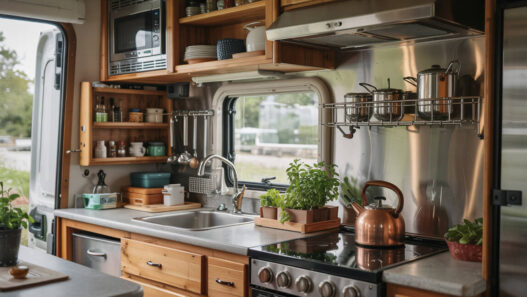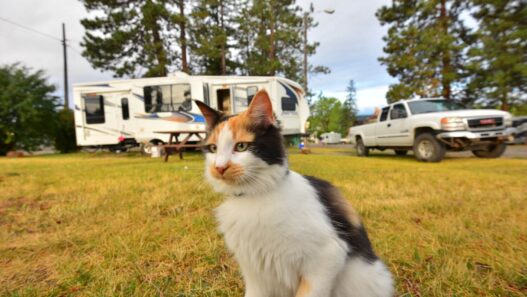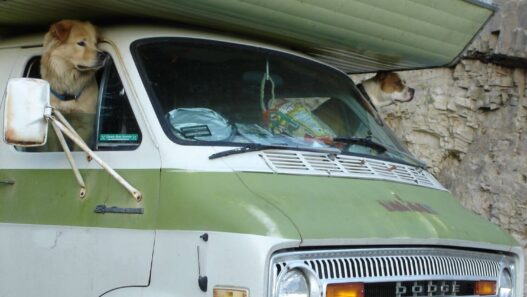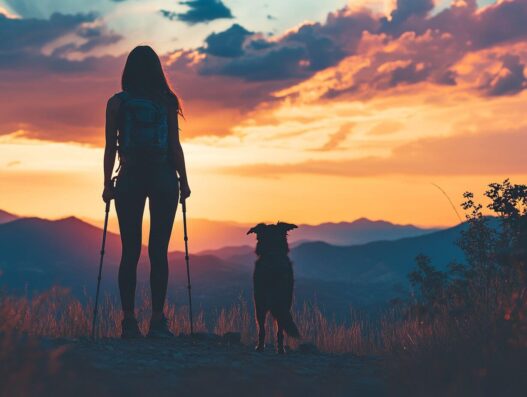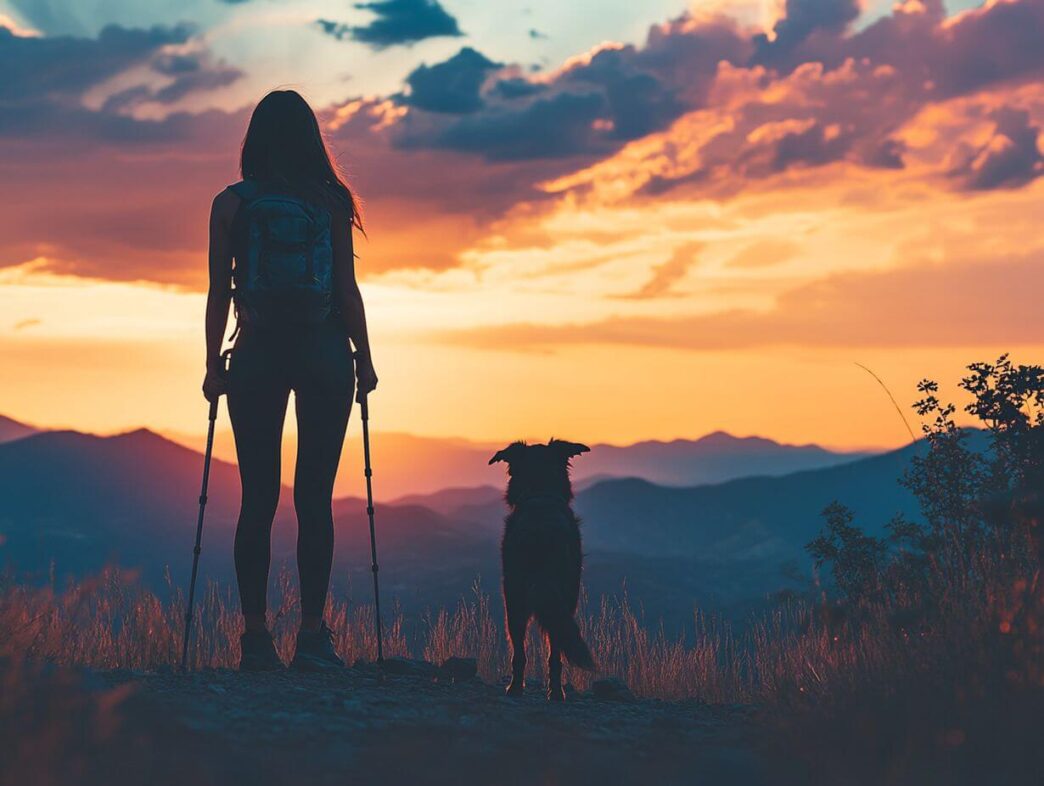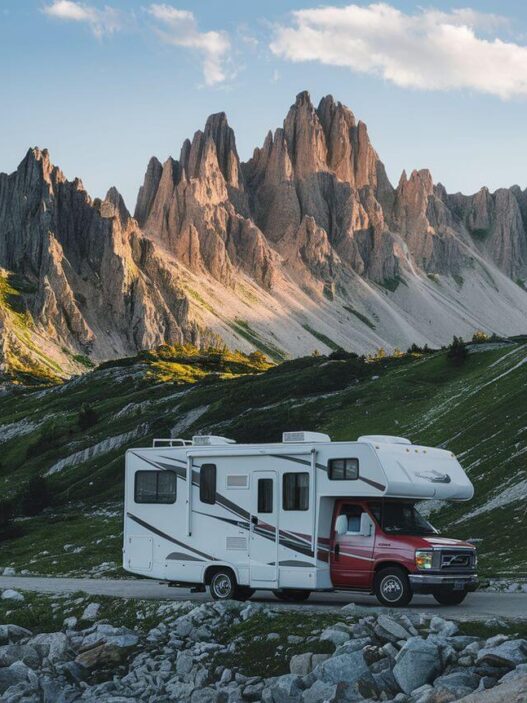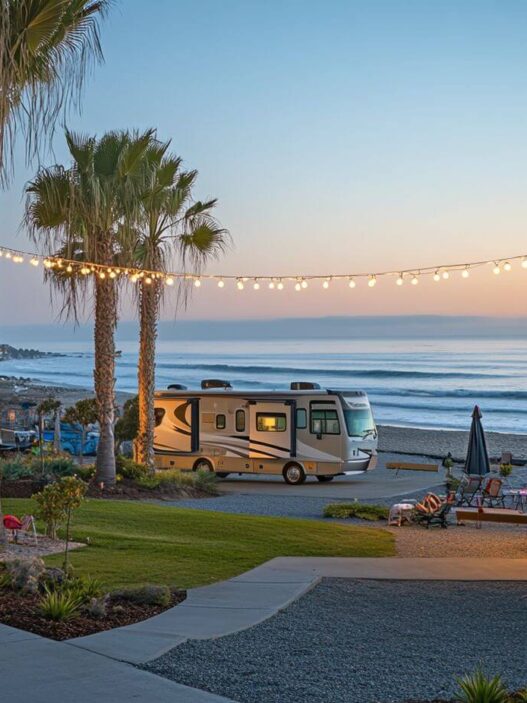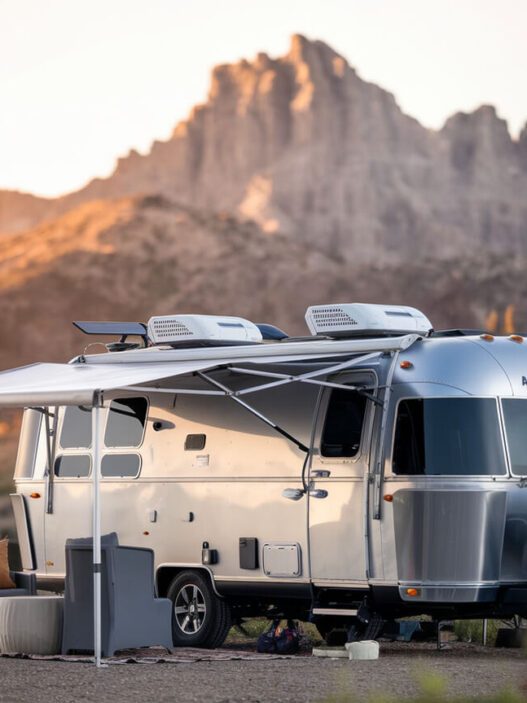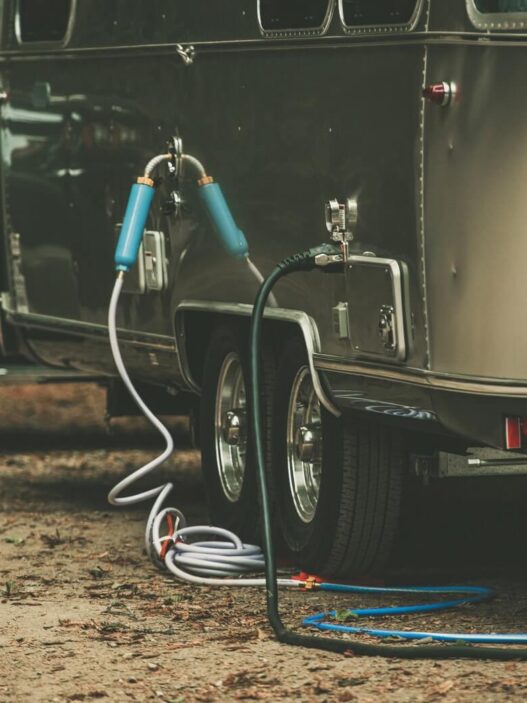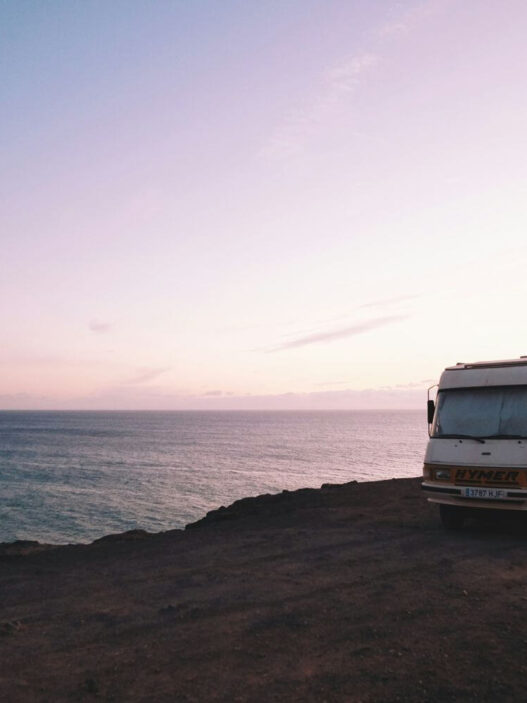Planning on going camping with your dog? Smart move! There’s nothing quite like sharing the great outdoors with your faithful companion. But before you pack up and hit the road, there are some important things to consider.
This guide will walk you through everything you need to know to make camping with your dog safe, fun, and stress-free. From essential prep work to campsite tips, we’ve got you covered for your outdoor adventure together.
1. Know The Campground Rules
No one wants to arrive at a campground excited for adventure, only to find out their four-legged friend isn’t welcome! Take a few minutes to check the campground’s pet policies before you pack up.
Some spots have specific rules about dogs like how many you can bring, which breeds are allowed, or where they need to be leashed. Some might even have certain areas that are off-limits to pups. A quick call or website check can save you from a major headache later. Don’t forget to ask about any extra fees for bringing your dog along, and scope out where the designated dog walking areas are.
2. Make Sure They’ve Had A Recent Vet Checkup
Camping means your pup will probably be sniffing, exploring, and getting into all sorts of outdoor adventures. Before heading out, make sure they’ve had a recent checkup at the vet. Your vet can verify that all vaccinations are up to date, refill any medications, and chat with you about any specific risks in your camping area.
They might recommend extra protection against things like ticks or heartworms, depending on where you’re headed. Think of it as getting your adventure buddy their own pre-trip physical!
3. Ensure Your Dog Can Be Identified If Lost
We all like to think our dogs will stick close by, but sometimes those wilderness smells can be pretty tempting! That’s why having solid ID backup plans is super important. Make sure your pup’s collar has current ID tags with your cell phone number, and consider getting them microchipped if they aren’t already.
Take a few recent photos of your dog showing their unique markings or features (those holiday photos of them in reindeer ears probably won’t help much in a search!). Some folks even use GPS trackers these days which isn’t a bad idea if your furry friend has a case of wanderlust!
4. Get The Right Gear
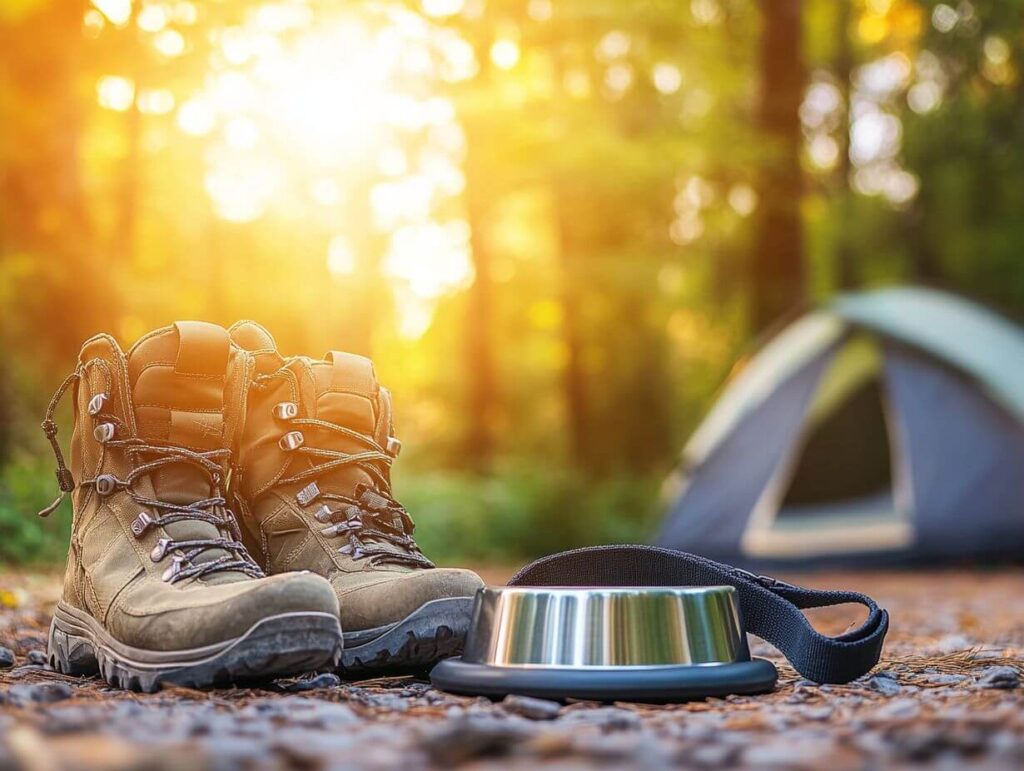
It’s important to have the right gear when camping with a dog. If you use a tent, think about getting a roomy one that can comfortably fit both you and your furry friend, because we all know that dogs aren’t great at respecting personal space when sleeping! A durable sleeping pad or camping bed will keep them comfy and warm at night.
Collapsible bowls are fantastic space-savers, and a longer leash or tie-out stake gives them some extra freedom around the campsite.
5. Do A Practice Run
Before committing to a full camping adventure, why not do a test run in your backyard? It’s like a dress rehearsal for the real thing! Set up a tent and spend a night outside with your dog. This gives them a chance to get used to sleeping in the tent and trying out their new gear without any pressure.
You might discover that your dog needs extra comfort items or that they’re not fans of certain equipment. Better to find out when home is just a few steps away!
6. Make Sure Your Dog Does Well On The Leash
Assuming you plan on doing some hiking with your dog while on your camping trip, they should be a leash pro before hitting the trails. Practice with the exact gear you’ll use camping, because new surroundings aren’t the best place to break in a new harness or leash. Make sure everything fits properly without pinching or rubbing.
Good leash manners become super important when you’re dealing with new distractions like wildlife, other campers, or that irresistible smell of someone grilling burgers three sites over!
7. Bring Lots Of Toys
Just because you’re roughing it doesn’t mean your pup can’t have their favorite entertainment! Pack a good selection of toys like durable chew toys, a favorite ball, and maybe some puzzle toys for downtime at the campsite.
These familiar playthings can help keep your dog relaxed and occupied. Just skip the squeaky toys unless you want to annoy every camper within earshot (and possibly attract some unwanted wildlife attention).
8. Don’t Forget To Bring A First-Aid Kit
Think of this as your dog’s insurance policy for the great outdoors! Pack a basic pet first-aid kit with essentials like bandages, antiseptic wipes, and tweezers for those pesky ticks. Don’t forget any regular medications your pup needs, plus some extras just in case.
A good first-aid kit should also include things like paw balm for rough terrain and an emergency blanket. Jot down your vet’s number and the location of the nearest emergency animal clinic. You probably won’t need them, but it’s always better to be safe than sorry!
9. Always Pack A Flashlight
Those midnight potty breaks won’t handle themselves! Pack a reliable flashlight (and backup batteries) to help navigate nighttime adventures with your pup. A headlamp is super handy for keeping your hands free while managing leashes and poop bags in the dark.
Some people also like to clip a small LED light to their dog’s collar since it’s pretty helpful for keeping track of your four-legged friend after sunset.
10. Bring Their Favorite Things
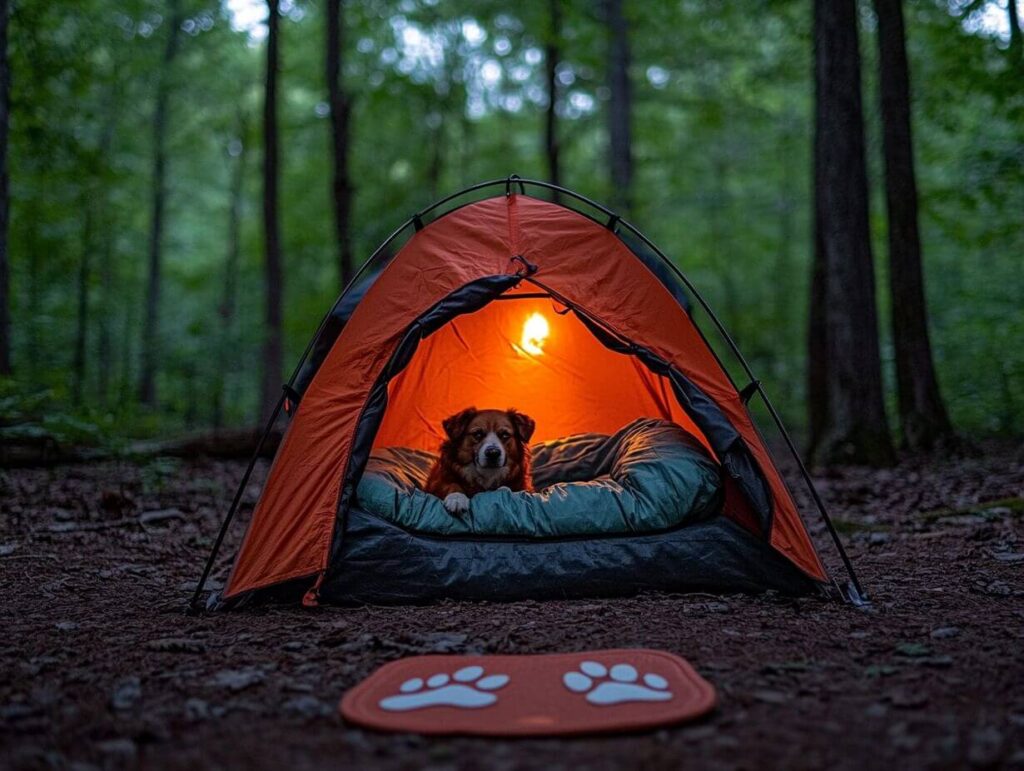
Your dog might be excited about camping, but they still need their comfort items from home. Bring their regular food and water bowls, favorite bed or blanket, and the treats they know and love.
Having these familiar items around can help prevent stress and make your campsite feel more like home. Think of it like bringing your own pillow to a hotel. Sometimes you just need that touch of familiarity to feel comfortable in a new place.
11. Load Up On Poop Bags
Pack way more poop bags than you think you’ll need, choose biodegradable bags to be environmentally friendly, and always clean up promptly. Nobody wants to stumble upon unexpected “presents” while they’re trying to enjoy nature. A dedicated container with a tight lid can be helpful for storing used bags until you find a proper disposal spot.
12. Don’t Leave Your Dog Unattended
This tip for camping with dogs is pretty straightforward, but it’s still important to emphasize. Keep an eye on your pup at all times! An unsupervised dog can get into all sorts of trouble at a campsite, from wildlife encounters to accidentally crashing the neighbor’s barbecue.
If you need to leave the campsite, make sure someone trustworthy stays with your dog. And no, leaving them tied up alone at the campsite isn’t a good idea. They could get tangled, anxious, or decide to serenade the entire campground with their best howling performance.
13. Keep An Eye Out For Wildlife
Camping means sharing space with the local wildlife, and while your dog might think chasing that squirrel is a great idea, it’s best to keep wildlife encounters to a minimum. Keep your dog leashed and supervised, especially during dawn and dusk when animals are most active.
Also, store pet food securely so you don’t inadvertently invite a bear to dinner! Learn about the local wildlife in your camping area and any specific precautions you might need to take.
14. Be Mindful Of Allergies
Just like us, dogs can have reactions to all sorts of things when out in nature. Keep an eye out for excessive scratching, sneezing, or any unusual behavior that might signal an allergic reaction.
Pack any allergy medications your vet recommends, and consider bringing some pet-safe wipes to clean off pollen and other irritants after outdoor adventures. If your dog has known allergies, do a little research about the plants in your camping area before you go.
15. Exercise, Exercise, Exercise
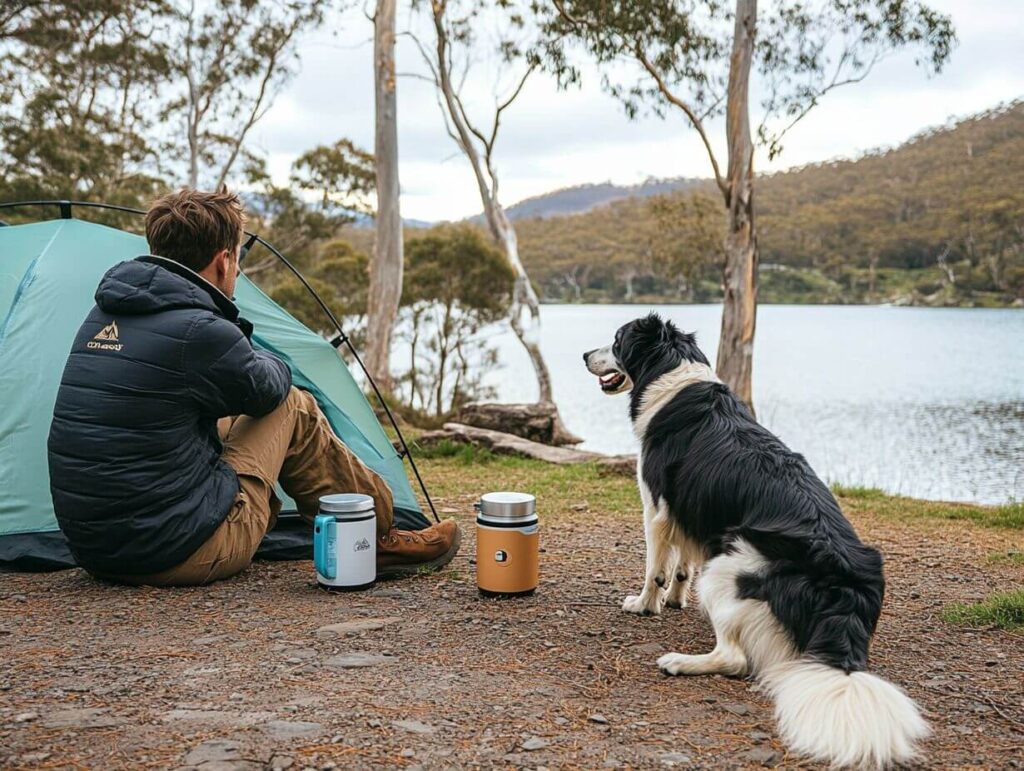
A tired dog is a happy dog! Plan plenty of activities to keep your pup physically engaged like hiking, swimming, or playing fetch. Just remember to match the activity level to your dog’s fitness abilities, and watch for signs of fatigue, especially in hot weather or high altitudes.
Regular exercise helps burn off energy and usually leads to better behavior around the campsite. Plus, it’s a great way for both of you to enjoy the outdoors together!
16. Give Them Plenty Of Water
When it comes to water, more is definitely better! Pack at least a gallon per dog per day, plus extra for cleaning and emergencies.
Remember that physical activity and warm weather will increase their water needs. Bring a portable bowl for easy access during hikes, and make sure to offer them water frequently (don’t wait for them to show signs of thirst).
17. Keep Their Schedule As Normal As Possible
Dogs are creatures of habit, and keeping their routine as normal as possible can help reduce stress while camping. Try to stick to regular feeding times and potty breaks. If your dog usually has a morning walk, keep that up at the campsite.
The surroundings might be different, but maintaining familiar patterns helps your pup feel secure and know what to expect. This can prevent anxiety-related behaviors and make the camping experience more enjoyable for everyone.
18. Have A Food Plan
Mealtime at camp requires a bit more planning than at home. Feed your dog away from your sleeping area to avoid attracting wildlife, and store food in airtight containers when unattended. Stick to their regular food rather than introducing new things that might upset their stomach.
19. Make “Home” Comfortable
Your tent or camper is home base, so make sure it’s a safe space for your pup. Create a designated spot for their bed or blanket, and teach them that this is their special zone. Keep it well-ventilated and never leave your dog alone inside, especially in warm weather.
20. Check For Any Injuries, Cuts, Or Ticks
After a day of outdoor fun, give your dog a thorough once-over. Check their paws, legs, and body for any cuts, scrapes, or unwanted passengers like ticks. Pay special attention to areas between the toes and around the ears. This daily check helps you catch any issues early before they become problems.
21. Be Ready For Weather And Temperature Changes
Mother Nature can be unpredictable, so be ready for anything! Pack for both warm and cool weather with things like cooling vests for hot days and cozy blankets for chilly nights. Know the signs of overheating and hypothermia in dogs.
If rain is possible, bring towels and maybe a doggy rain jacket. Create a sheltered space at your campsite where your pup can get out of the sun or rain when needed.
22. Protect Their Paws
Those paw pads might be tough, but they can still get damaged on rough terrain. Consider using paw balm or booties if you’re hiking on rocky trails or in extreme temperatures.
If you’re camping in an area with hot sand or sharp rocks, plan your walks for cooler times of day when possible. Remember, if the ground is too hot for your hand, it’s too hot for their paws!
Now Get Out There And Have Fun Together!
There you have it: your complete guide to camping with dogs! While it might seem like a lot to remember, most of it will become second nature after your first trip or two. The key is finding the right balance between adventure and safety, fun and preparation.
Happy camping, and may your biggest challenge be keeping your pup from hogging the sleeping bag!



